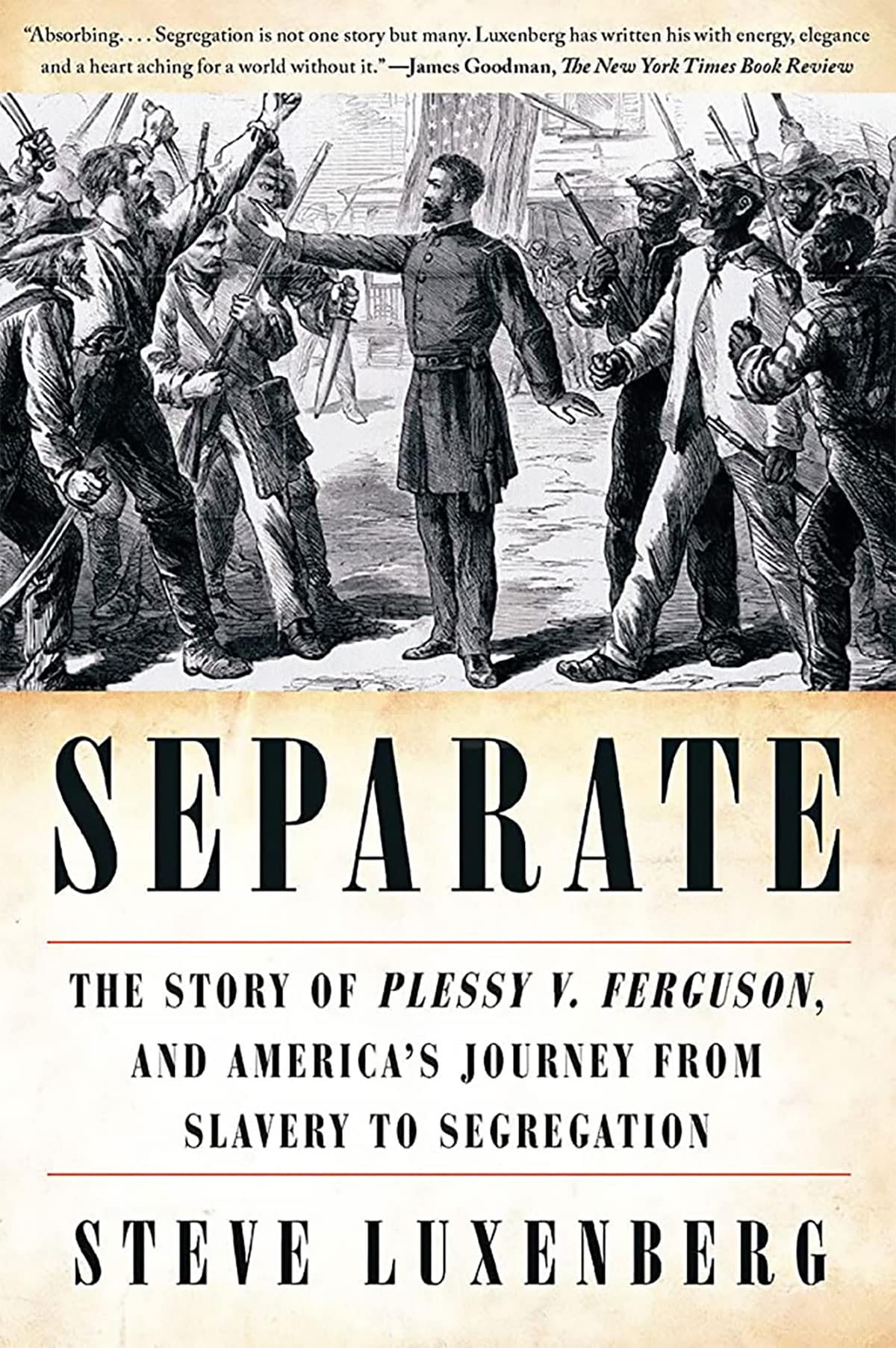Mississippi Today
Nearly half of rural hospitals at risk of closure in Mississippi, new data shows

Almost half of Mississippi's rural hospitals could close, according to a newly updated report.
The report from the Center for Healthcare Quality and Payment Reform shows that 34 of Mississippi's 74 rural hospitals are struggling financially and at risk of closure. Twenty-five of those are at risk of closing immediately, or within the next couple of years.
The previous version of the report, which the organization updates every three months, showed 27 hospitals at risk of closure in Mississippi, with 20 at risk of immediate closure.
The new data puts Mississippi third in the country — behind New York and Alabama — for states with the highest percentage of rural hospitals at risk of immediate closure.
The center decides closure risk by analyzing how long hospitals can stay afloat while losing money. Hospitals that can sustain losses for six to seven years are deemed at risk, while those that can offset losses for only two to three years are deemed at immediate risk.
Harold Miller, CEO of the Center for Healthcare Quality and Payment Reform, said Mississippians should be concerned about the new data.
He attributed the hospitals' worsening financial state to poor payments from private insurers. Miller's organization advocates for hospital payment reform.
“They will not be able to stay open unless Blue Cross and other private insurance companies pay them enough to cover their costs,” he said.
Blue Cross insures the majority of Mississippians with private insurance. The company went head to head with the state's largest public hospital, the University of Mississippi Medical Center, for months last year over its reimbursement rates.
An analysis by Mississippi Today and The Hilltop Institute at the University of Maryland, Baltimore County showed that during the throes of the dispute, Blue Cross' negotiated rates were largely lower than other major private insurance companies for several common procedures.
The updated report is based on the most recent quarterly release of cost report data from the Centers for Medicare and Medicaid Services this month, according to Miller. This data covers hospital finances for 2022 for most hospitals, and in some cases, the first few months of 2023 in addition.
Mississippi's hospitals have been bleeding out for months.
The pandemic worsened an already dire situation — it became more expensive to continue operations, while hospital profits generally did not increase. Now, health systems are struggling to recoup their losses.
Two-thirds of rural hospitals in Mississippi are losing money caring for patients, the report says.
In recent months, at least one hospital, KPC Promise in Vicksburg, has closed. Others, such as North Mississippi Health Services and Ochsner Health System, have laid off employees. St. Dominic Memorial Hospital not only announced layoffs in June, but also announced the closure of its behavioral health unit.
Miller said Mississippians could see an increasing number of hospitals eliminating important services in order to stay open in the coming months.
Before the end of the session, the Legislature announced a grant program that would bring hospitals a one-time influx of millions of dollars. At the time, hospital CEOs said they were counting on the money to survive the year.
However, hospital officials are now reporting difficulties getting their hands on that money because of restrictions on the federal COVID-19 relief dollars.
Despite support from the majority of Mississippians, Gov. Tate Reeves has continued to oppose Medicaid expansion. Experts say the policy change would not single-handedly solve the hospital crisis, but would help slow the bleeding.
This article first appeared on Mississippi Today and is republished here under a Creative Commons license.
Did you miss our previous article…
https://www.biloxinewsevents.com/?p=270278
Mississippi Today
On this day in 1896


MAY 18, 1896

The U.S. Supreme Court ruled 7-1 in Plessy v. Ferguson that racial segregation on railroads or similar public places was constitutional, forging the “separate but equal” doctrine that remained in place until 1954.
In his dissent that would foreshadow the ruling six decades later in Brown v. Board of Education, Justice John Marshall Harlan wrote that “separate but equal” rail cars were aimed at discriminating against Black Americans.
“In the view of the Constitution, in the eye of the law, there is in this country no superior, dominant, ruling class of citizens,” he wrote. “Our Constitution in color-blind and neither knows nor tolerates classes among citizens. In respect of civil rights, all citizens are equal before the law. The humblest is the peer of the most powerful. The law … takes no account of his surroundings or of his color when his civil rights as guaranteed by the supreme law of the land are involved.”
This article first appeared on Mississippi Today and is republished here under a Creative Commons license.
Did you miss our previous article…
https://www.biloxinewsevents.com/?p=359301
Mississippi Today
Renada Stovall, chemist and entrepreneur
Renada Stovall sat on the back deck of her rural Arkansas home one evening, contemplating life when she had a life-altering epiphany…
“I gotta get out of these woods.”
She heard it as clear as lips to her ear and as deep as the trees surrounding her property. Stovall's job as a chemist had taken her all over the country. In addition to Arkansas, there were stints in Atlanta, Dallas and Reno. But she was missing home, her parents and friends. She also knew, she needed something else to do.
“I thought, what kind of business can I start for myself,” said Stovall, as she watered herbs growing in a garden behind her south Jackson home. Some of those herbs are used in her all-natural products. “I know when I lived in Reno, Nevada, where it's very hot and very dry, there really weren't products available that worked for me, my hair, and my skin suffered. I've got a chemistry degree from Spelman College. I took the plunge and decided to create products for myself.”

In 2018, Stovall's venture led to the creation of shea butter moisturizers and natural soaps. But she didn't stop there, and in December 2022, she moved home to Mississippi and got to work, expanding her product line to include body balms and butters, and shampoos infused with avocado and palm, mango butter, coconut and olive oils.
Nadabutter, which incorporates Renada's name, came to fruition.

Stovall sells her balms and moisturizers at what she calls, “pop-up markets,” across the state during the summer. She's available via social media and also creates products depending on what of her ingredients a customer chooses. “My turmeric and honey is really popular,” Stovall added.
“The all-natural ingredients I use are great for conditioning the skin and hair. All of my products make you feel soft and luscious. The shea butter I use comes from West Africa. It's my way of networking and supporting other women. And it's my wish that other women can be inspired to be self-sufficient in starting their own businesses.”





This article first appeared on Mississippi Today and is republished here under a Creative Commons license.
Mississippi Today
On this day in 1954
MAY 17, 1954

In Brown v. Board of Education and Bolling v. Sharpe, the U.S. Supreme Court unanimously ruled that the “separate but equal” doctrine in Plessy v. Ferguson was unconstitutional under the 14th Amendment, which guaranteed equal treatment under the law.
The historic decision brought an end to federal tolerance of racial segregation, ruling in the case of student Linda Brown, who was denied admission to her local elementary school in Topeka, Kansas, because of the color of her skin.
In Mississippi, segregationist leaders called the day “Black Monday” and took up the charge of the just-created white Citizens' Council to preserve racial segregation at all costs.
This article first appeared on Mississippi Today and is republished here under a Creative Commons license.
-
SuperTalk FM6 days ago
Martin Lawrence making 3 stops in Mississippi on comedy tour
-
Our Mississippi Home5 days ago
Beat the Heat with Mississippi’s Best Waterparks
-
SuperTalk FM2 days ago
State auditor cracking down on Mississippians receiving unemployment benefits
-
Our Mississippi Home6 days ago
Charlie’s U-Pik: Opening Soon for the Summer Season
-
Mississippi News Video4 days ago
Jackson has a gang problem
-
Kaiser Health News5 days ago
Medicaid ‘Unwinding’ Decried as Biased Against Disabled People
-
Local News1 day ago
Family files lawsuit after teen’s suicide in Harrison County Jail
-
Mississippi Today3 days ago
On this day in 1950









































